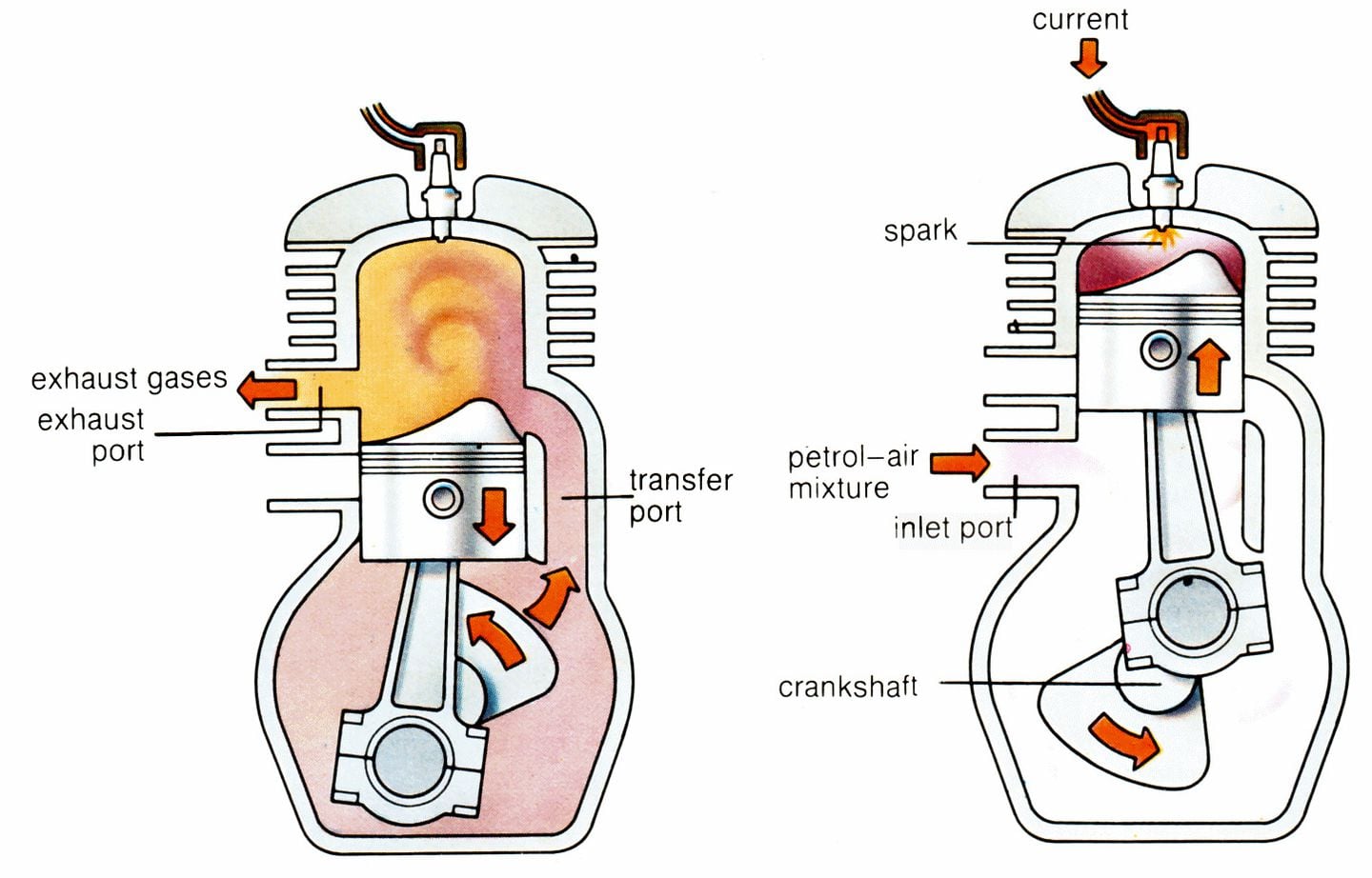

Here, I’ll try to demonstrate the simplest possible 4-stroke internal combustion engine in order to be understandable even by people with no prior knowledge.

I’m posting this for future reference on more advanced concepts and redesigns of core components used in modern cars.

When the piston gets to the bottom of the stroke, the exhaust valve then opens, and when the piston moves up, it pushes the exhaust from the cylinder out through the car's tailpipe (the final stroke in the cycle – the exhaust stroke).So, first of all this post is extremely simple and I’m fairly sure that most people are already aware of these. When the piston moves back up, it compresses the air/fuel mixture (compression stroke), so when the spark plug releases a spark, the resulting explosion of fuel pushes the piston back down (combustion stroke). The four strokes in the Otto cycle are the intake stroke, the compression stoke, the combustion stroke and the exhaust stroke.Īs the crankshaft revolves, it moves the piston down, and the intake valve opens to let in a mixture of air and fuel (this is the intake stroke). Currently, most cars on the market use the four-stroke combustion cycle (invented by Nikolaus Otto in 1867, so sometimes it's referred to as the Otto cycle). When a cycle of hundreds of these reactions happens every minute, this energy can be used to run a car. But have you ever wondered how a car engine works? The principle behind how the engine works is that if you put a little bit of high-energy fuel, such as gasoline, into a small, enclosed space and add a spark, a huge amount of energy will be released in the form of expanding gas. We all get into our car, turn the key in the ignition, step on the gas and off we go.


 0 kommentar(er)
0 kommentar(er)
